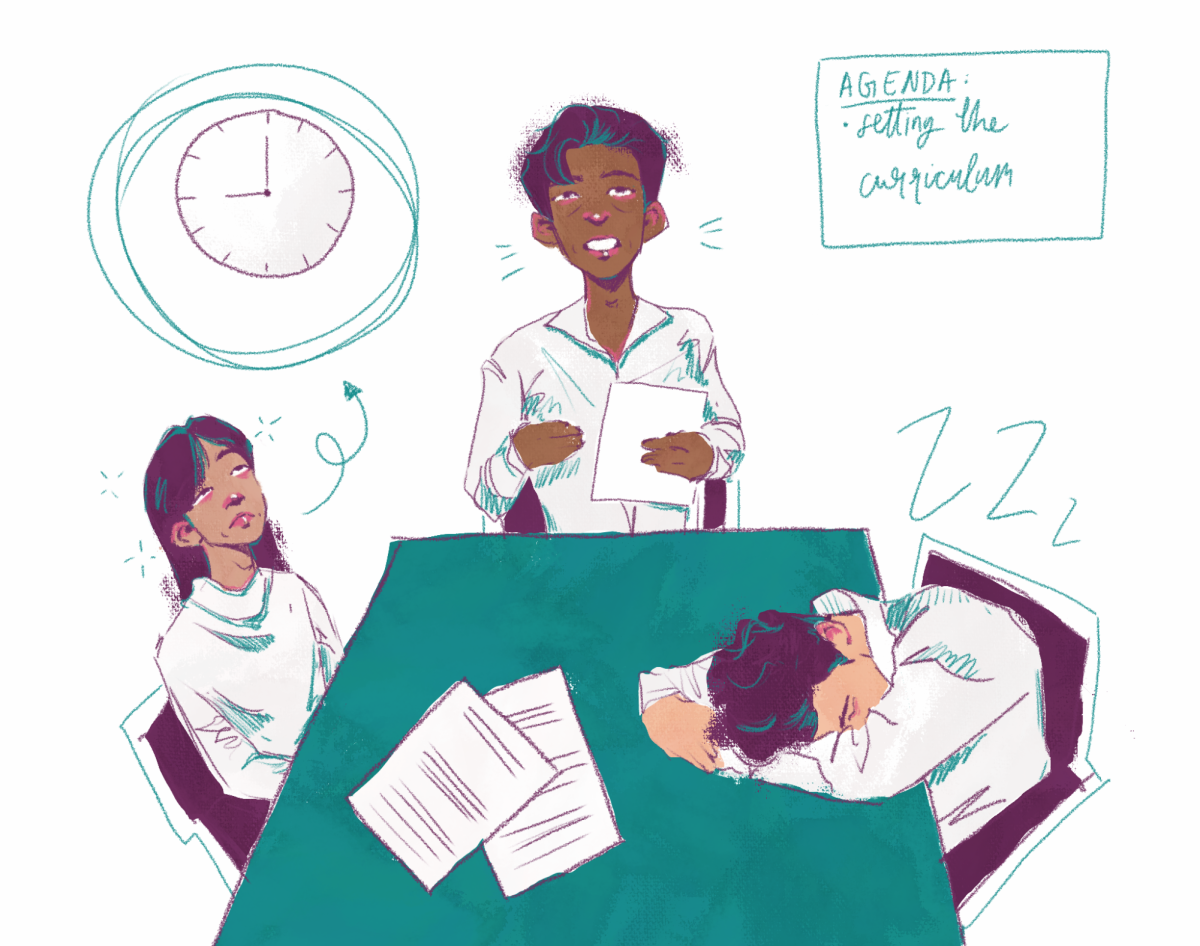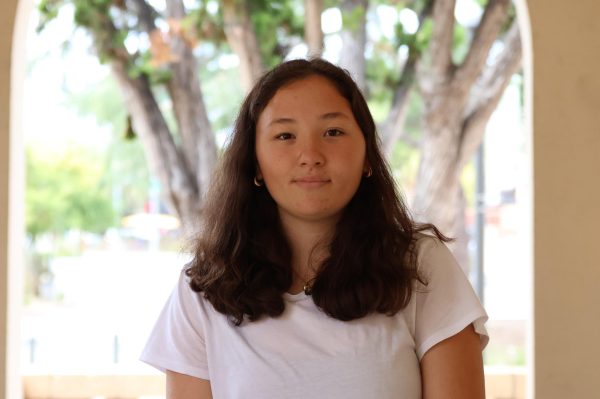As I navigate my way around campus, swapping stories with friends about the recent chemistry lab and the nearly impossible trig test, one recurring detail stands out to me — the striking disparities between our supposedly “identical” classes.
Most people enrolled in the same classes as their friends would expect their academic experiences to be consistent to them. However, many students, including myself, often encounter unexpected differences in curriculum, performance evaluation and assignments — ultimately raising questions about fairness and equity in our education.
For example, the grading style across the teachers in Chemistry Honors differs significantly, with different tests determining our final grade. In my class, we are rarely given pop quizzes — and if we are, we’re given a heads up. On the contrary, my peers are given pop quizzes every unit we cover.
Each unit, when my peers heard about this, the sense of disbelief and frustration I felt around me was substantial. Because my peers are given more pop quizzes, they feel additional stress is put on them, which is ultimately unfair.
When one of my peers asked his teacher the reasoning behind why they are given those quizzes, the teacher responded telling them that they weren’t my teacher. As a result of the response, they ultimately feel like they have no voice for any change to be made.
In addition, after switching teachers in my current Contemporary World History class due to a scheduling conflict, I found myself facing a vast difference between both teachers’ approaches to grading systems and test-taking yet again.
While my first history teacher let us take tests with notes, where I could bring virtually anything to help as long as it was on paper, I was forced to adjust to this new class where we do not have notes. We also have map tests for each continent we study, again, something I did not have in my previous class.
Both are valid approaches to teaching, but I believe course expectations should maintain consistency to establish equality within the history department.
Many teachers purposefully incorporate variability into their teaching styles and implement certain practices if they believe it will benefit classroom learning. However, it is imperative for them to recognize the impact of their instructional practices on students’ learning experiences, and to strive towards standardizing class curricula and performance evaluations within their departments.
Without unifying curricula and grading practices, the disparities that exist between teachers and their classes create a sense of unfairness among students. It’s not simply a matter of academic preference — it’s about ensuring that every student, regardless of their teacher, has access to the same opportunities for growth and success.
In a school as hypercompetitive and academically cutthroat as Paly, it is only expected that students would try and take advantage of these disparities. The unfortunate reality is that often, students attempt to switch classes to get a better teacher and an “easier” class. This further promotes a culture of dishonesty, discouraging integrity within our students.
To address these issues effectively, there should be more collaboration within departments. For example, teachers could dedicate a period of time, like before school on late start Mondays, and dedicate it to talk about inconsistencies between teachers and curricula. This would allow teachers to share their best practices and work collaboratively to establish clear expectations and promote fairness across all classrooms.
Prioritizing these principles, teachers can create an environment where every student can thrive and succeed by providing equal opportunities, regardless of the classroom they find themselves in.




